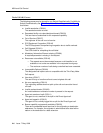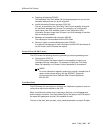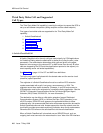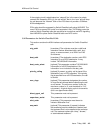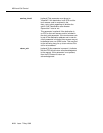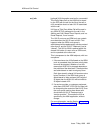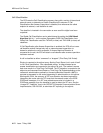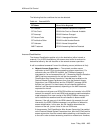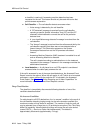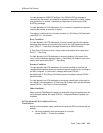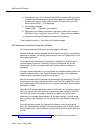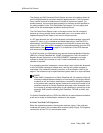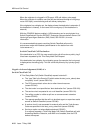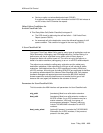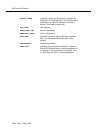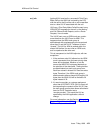
ASAI and Call Control
4-14 Issue 7 May 1998
a classifier is used only if answering machine detection has been
requested for the call. This feature should only be used with trunks that
provide answer supervision.
■ Call Classifier — The call classifier detects an answer when:
— Voice energy is detected by the call classifier.
— A “SIT-detected” message is received from the call classifier
reporting a specific Special Information Tone (SIT) and the SIT
treatment is administered to connect the call for the particular
detected tone.
— A “non-classifiable energy detected” message is received from the
call classifier.
— The “timeout” message is received from the software and told by the
call classifier reporting that there was no tone detected after a
timeout interval. This information appears on the System
Parameters-Features form as the “off-premises tone detect
timeout.”
— Answering Machine Detection (AMD) treatment is enabled for a call
and an Answering Machine is detected.
The call is treated according to administration or to the treatment
requested in the message. Treatment in the message overrides the
administered treatment.
■ Local detection — A call placed to an on-ECS endpoint is considered
answered when the called party answers the call.
If the call is answered in one of the ways described above, the Answered Event
Report is sent to the adjunct. When the call results in a SIT which is to be treated
as answer, a cause value with the particular SIT is included in the Answered
Event Report. See Chapter 3, ‘‘Event Reporting and U-Abort Capabilities’’ for
more information on the Answered Event Report’s contents.
Drop Classification
The classifier is immediately disconnected following detection of one of the
conditions described below.
No Answer Condition
For calls placed to off-ECS destinations, the “no answer” condition is the result of
the call classifier detecting ringing energy for the entire duration specified (the
maximum number of rings times six seconds). The number of rings for each call
may be selected from a range (two to 15) provided as an option in the Third Party
Make Call capability. Values outside this range will cause the call to be denied
(cause CS3/79 — Service or Option Not Implemented). The default is
approximately 60 seconds (approximately 10 rings).



